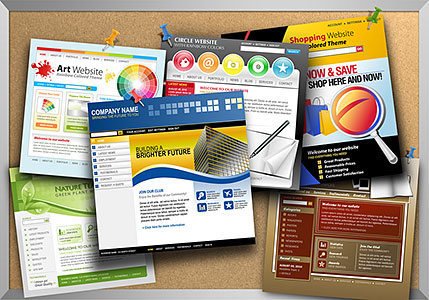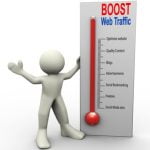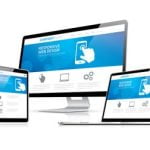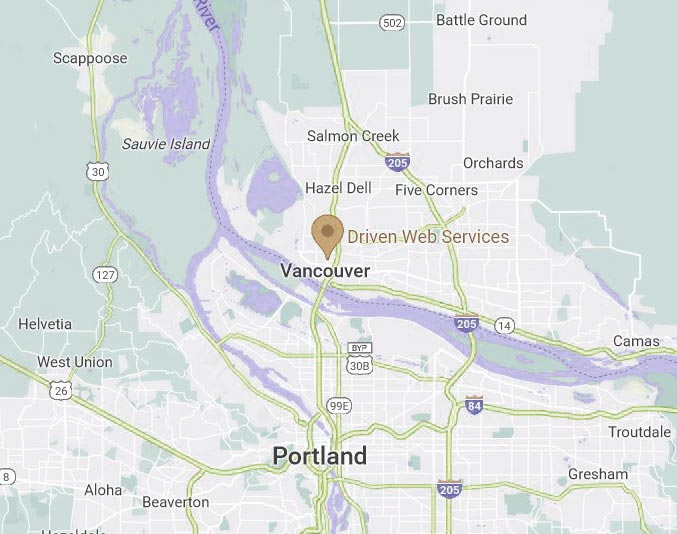 When you’re ready to design a homepage for your website, there are many factors that must be considered. It’s not enough to have a catchy logo, the right colors, and the information your customer’s need. While these features are important you also need to give careful consideration to how to present them to your readers. This means that your layout has to be chosen very carefully. According to TechRadar:,
When you’re ready to design a homepage for your website, there are many factors that must be considered. It’s not enough to have a catchy logo, the right colors, and the information your customer’s need. While these features are important you also need to give careful consideration to how to present them to your readers. This means that your layout has to be chosen very carefully. According to TechRadar:,
The central concept is that the user is in control, and can add and remove the items that are of most interest. This strategy of user control, also used by the BBC, is increasingly popular with information-heavy sites, as it allows visitors to prune the available data to match their interests.
A site that allows users to pick and choose what they will see each time they visit your page is becoming increasingly popular across the board. This is mainly because it saves the visitors some time in sifting through unwanted information so they can quickly access the data they are searching for.
The Three Basic Designs
One of the most popular layouts for websites that deliver a lot of information is the inverted ‘L’ shape. When the goal of a good website is to provide the user with a medium where they can easily find the information they need this layout has a lot of appeal. The inverted ‘L’ allows the reader’s eyes to scan the page from the top down and then move over to the left column.
The second most popular layout follows the natural movement of the eyes when the user visits a web page. The eyes are most often naturally drawn to the center column where the site’s main information should be. This location is where the text and images the viewer is looking for should be readily seen.
Finally, the reversed ‘L’ shape is where the main information is either found in the right column or at the bottom of the page. This format is often used for information that is not necessarily important to the reader or at least not essential to his main search.
Fixed or Liquid
Your next decision will also have to address choosing between a fixed-width website or a liquid width format. Both of these have their own unique advantages and disadvantages. While the fixed width format will operate the same on all systems it will require that the user to scroll horizontally through the page (this is mainly true for those who may be viewing your site on a small screen.)
On the other hand, liquid formats can expand or contract in order to fill up available space. So, they are constantly being adjusted to the screen the user is viewing. The major drawback to this format is that they can eventually become extremely wide columns, which may require the user to adjust the shape of their viewer window. It also means that images can end up in a virtual Twilight Zone of empty space without any structure to surround it. A good tip when creating liquid formats is to always set a max width to your pages to avoid the misalignment of elements on very large screens.
Understanding how to create a design that enables your user to interface with your site can be complicated. It may be best to take the advice of experts at HongKIAT,
User interface design is one of the most complex topics when building digital products. This rings especially true for website layouts, trying to match navigation and content styles for a successful user experience. These design trends aim to point designers in the right direction.
When you’re considering the right design layout for your website, look for examples of new and emerging trends. It will help a great deal to evaluate the website design of businesses similar to yours to get an idea of what works and what doesn’t.







